What is the Difference Between Prefabricated and Modular Construction?
64afe3444467b.jpeg)
Are you planning to construct your dream house or thinking of expanding your commercial space? If yes, then it's crucial to know about the trends in construction methods. In recent years, prefabricated and modular construction has gained immense popularity due to their numerous benefits. But what exactly are these two methods, and how are they different from each other? In this blog, we'll dive into the world of prefabricated construction, exploring the differences between Prefabricated and Modular Construction.
What is a Prefabricated Building?
A prefabricated building, also known as offsite construction, involves manufacturing building components or building modules in a factory setting and transporting them to the construction site for assembly. These components are manufactured using advanced technologies and processes, ensuring high precision and quality control. Prefabricated construction can encompass various building elements, including walls, floors, roofs, structural frames, and entire building modules.
Helpful link: How long does a Prefabricated Structure last?
_1689248067.png)
Gain insight into the market growth of Prefabricated & Modular Construction Industry
Benefits of Prefabricated Construction
Prefabricated construction has quickly gained in popularity over recent years due to its many advantages, one of which being its rapid construction timeframes compared to traditional on-site methods. Benefits of Prefab Construction include:
- Prefab buildings can often be assembled within days rather than taking weeks or months, like with conventional buildings.
- Prefabrication offers additional financial advantages as it facilitates better material management, cutting wasteful spending on materials. Furthermore, prefabrication ensures consistent quality work while simultaneously decreasing labor costs.
- Prefabrication provides design flexibility since manufacturers typically offer pre-designed modules or customizable options available for selection, which allow unique designs that suit various needs and preferences.
- Prefabricated buildings are also known to be more eco-friendly, producing less waste during construction compared to traditional methods and employing sustainable materials like recycled steel and wood products.
- Prefabricated buildings are sturdy structures designed to withstand extreme weather conditions, making them an excellent long-term investment option.
Link: Know more about the Advantages and Disadvantages of Prefabricated Buildings
What is Modular Building?
Modular building is a subset of prefabricated construction that involves assembling individual building modules to create a complete structure. These modules are pre-manufactured in a factory and transported to the site, where they are interconnected to form a cohesive building. Each module is a self-contained unit with finished interiors, including electrical, plumbing, and mechanical systems.
Helpful link: Which are the building materials used for Modular construction?
Benefits of Modular Construction
Modular construction has become increasingly popular due to its numerous benefits. One of the primary advantages is speed. Other advantages include:
- Modular buildings can be constructed up to 50% faster than traditional construction methods as they are built offsite and assembled on location.
- Another benefit is cost-effectiveness. Due to the streamlined manufacturing process, modular construction reduces waste and allows for more efficient use of materials, thus lowering overall costs.
- Modular buildings also offer flexibility in design as they can be easily modified or expanded upon over time. It means that businesses and organizations can adapt their facilities to meet changing needs without undergoing a full-scale renovation.
- In addition, modular building techniques are often more environmentally friendly than traditional methods as they require less transportation and produce less waste during construction. It makes them an excellent choice for those seeking sustainable building options.
- The benefits of modular construction make it an attractive option for those looking for a fast, cost-effective, flexible, and environmentally conscious way to construct their next facility or project.
Link: Know about the disadvantages of Modular construction
Difference between Prefabricated & Modular Construction
Here's a table highlighting the contrasting aspects between prefabricated construction and modular construction:
| Aspect | Prefabricated Construction | Modular Construction |
| Assembly Process | Components assembled on-site from prefabricated parts | Modules assembled off-site and transported for final assembly on-site |
| Size and Complexity | Larger components with insulation and finishes | Smaller self-contained modules with interior finishes and utility systems |
| Control and Accuracy | Greater flexibility for customizing components | Greater control and accuracy in the fabrication of each module |
| Transportation | Individual transportation of components to the site | Transportation of fully completed modules directly to the site for assembly |
| Construction Time | Requires careful planning and coordination | Decreased construction time due to off-site fabrication and easy on-site assembly |
| Disruption Reduction | More on-site building time and potential disruption | Reduction of on-site building time and disruption |
| Precision and Efficiency | May require on-site adjustments | Laser measuring systems are used for precise precision during assembly processes |
Also read, the differences between Prefabricated and Precast Buildings
Conclusion
After exploring the difference between Prefabricated and Modular Construction methods, it's evident that both have distinct features and advantages. Both Prefabricated and Modular buildings allow faster production times, easier on-site assembly, and allows greater design freedom and customization possibilities. Decisions on which method to employ ultimately come down to various considerations, including budget, timeline, design requirements, and site conditions. As technology and demand for sustainable building practices develop, prefabrication and modular construction are likely to play an increasing role in architectural design. Which method you select for your next construction project depends entirely upon your personal preferences and needs. However, always work with a reputable contractor familiar with both options of prefabricated and modular building construction.
Ready to embark on your prefabricated construction project in India? Look no further than Pressmach Infrastructure, your trusted partner in delivering high-quality, efficient, and customizable solutions. For more information, talk with our experts and get your queries answered, Contact us!
Your Requirements
Related
Blogs


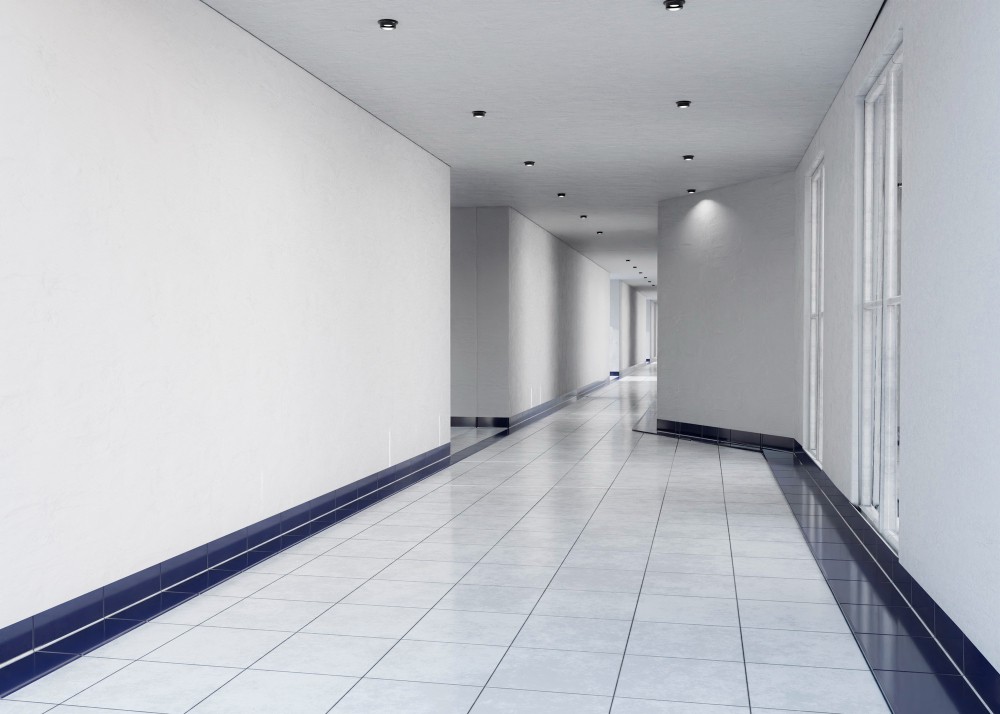
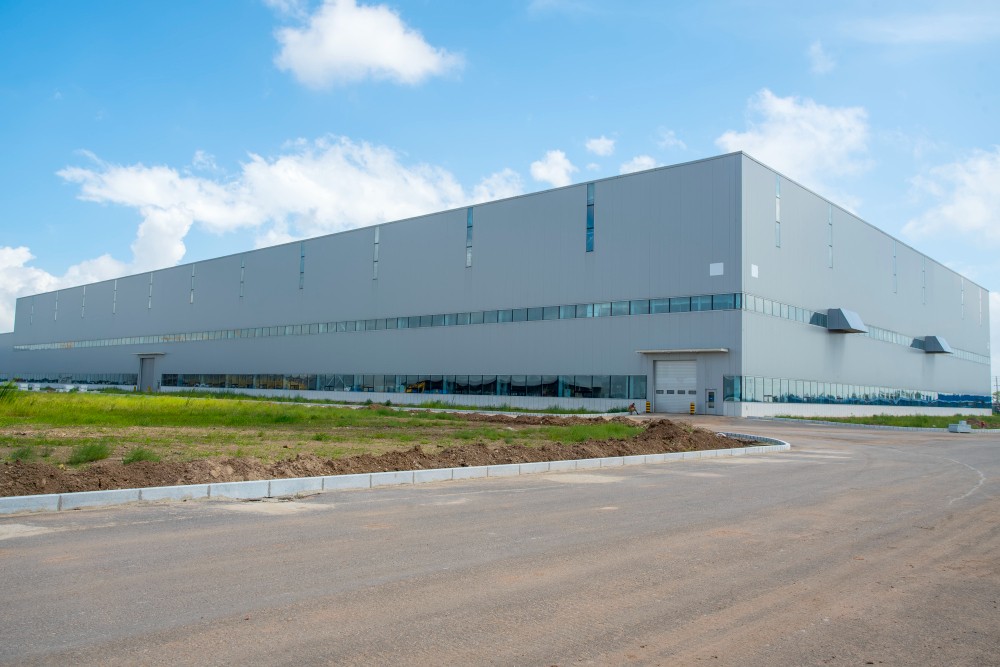

65cf4d38697f9.webp)

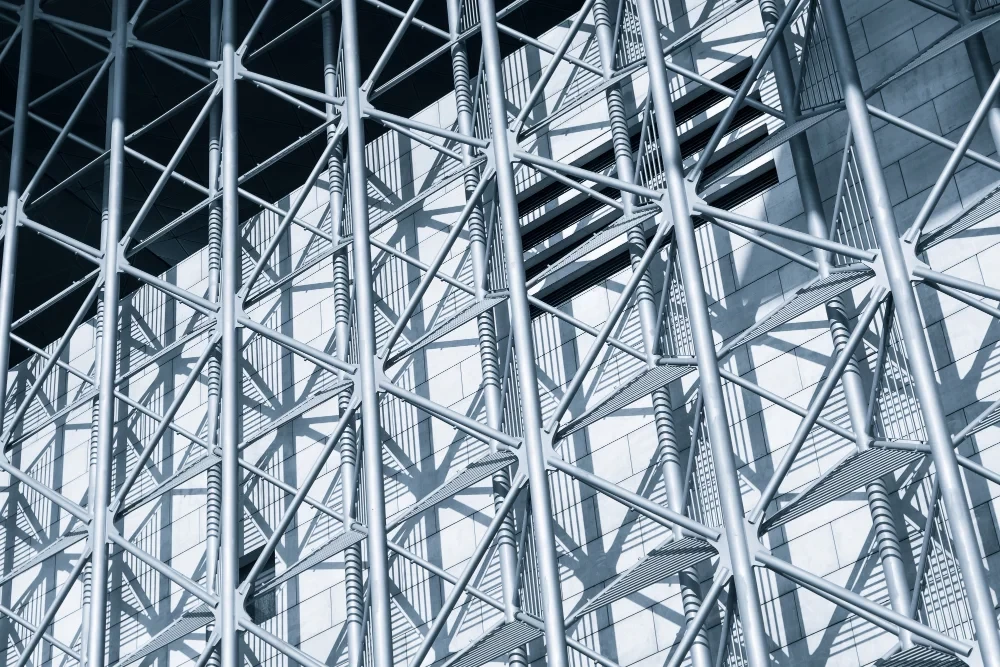
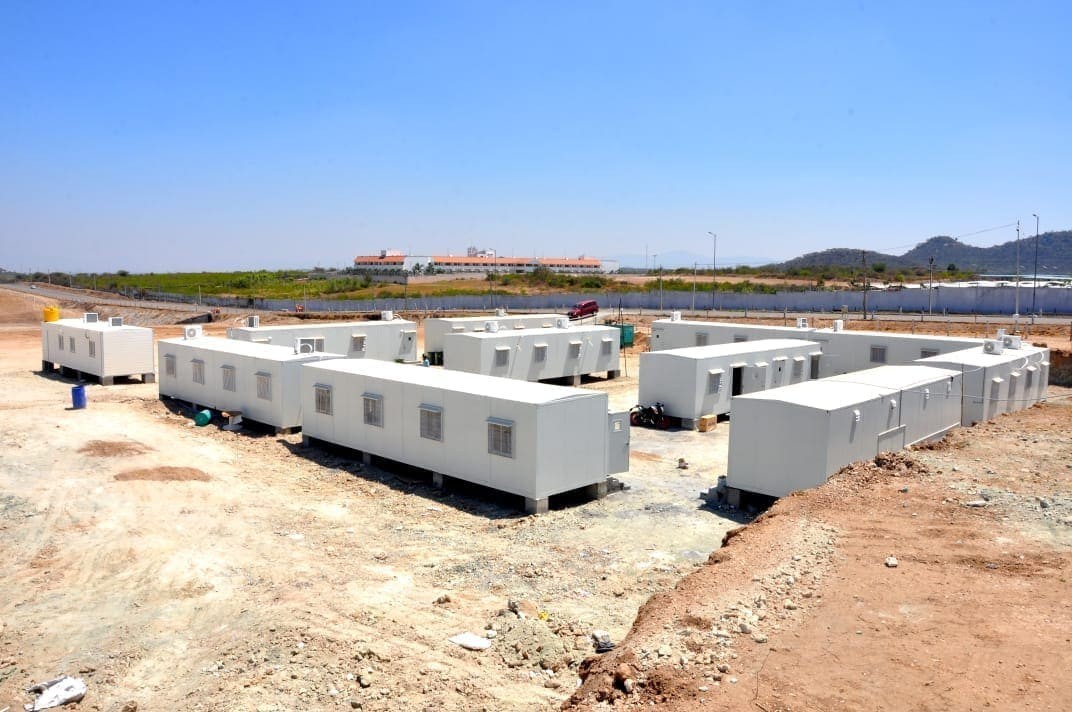
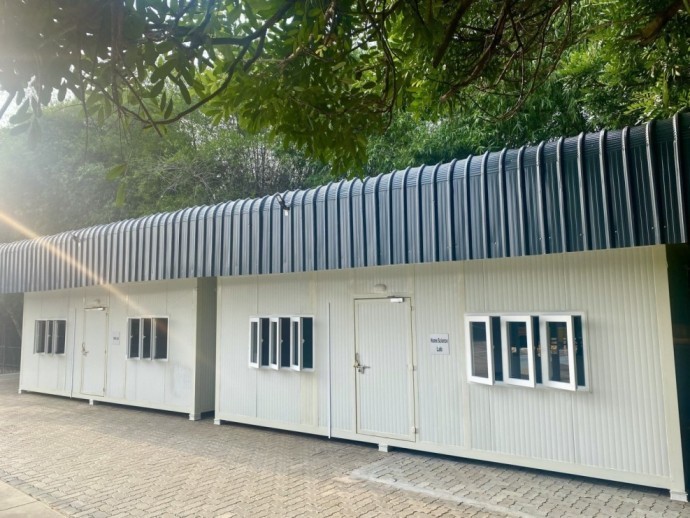

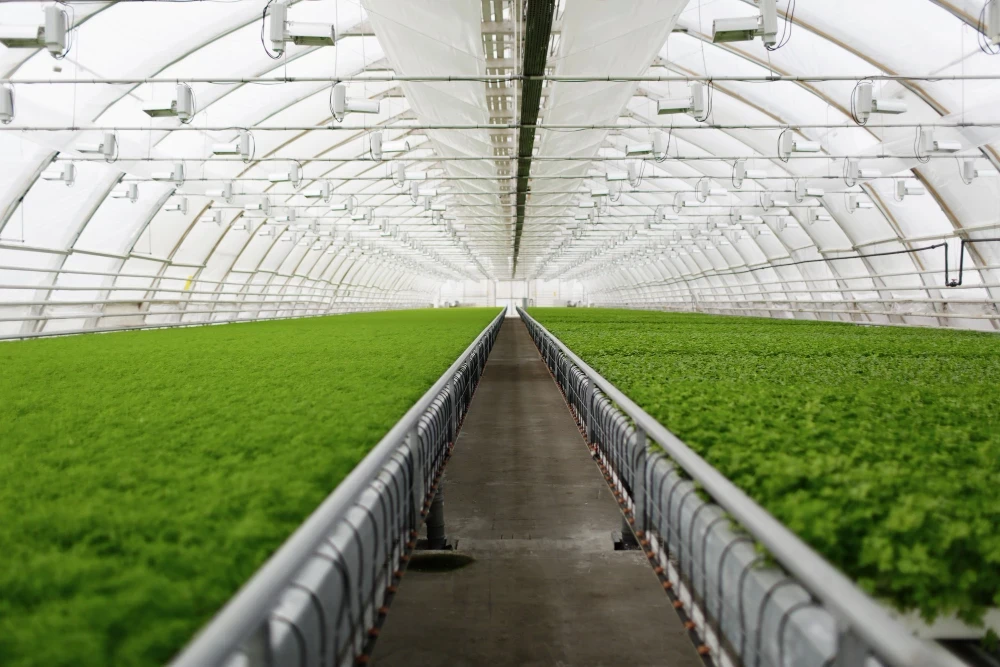
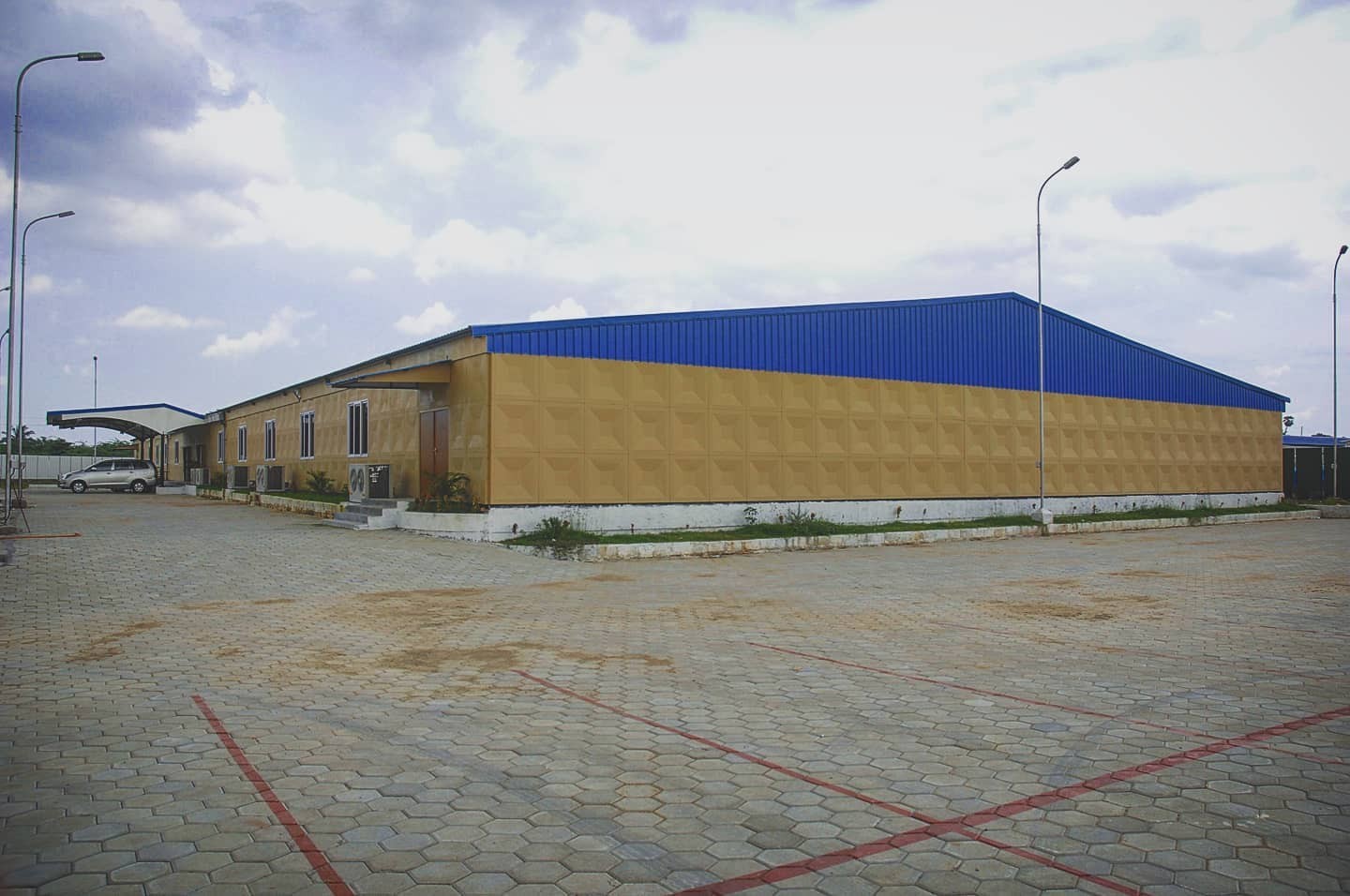
65cf65f046eed.webp)
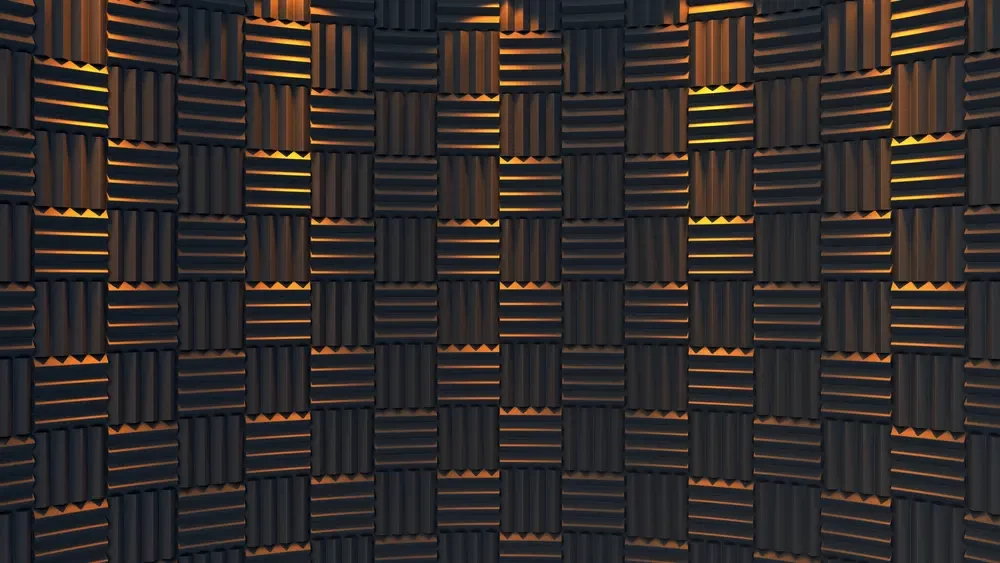
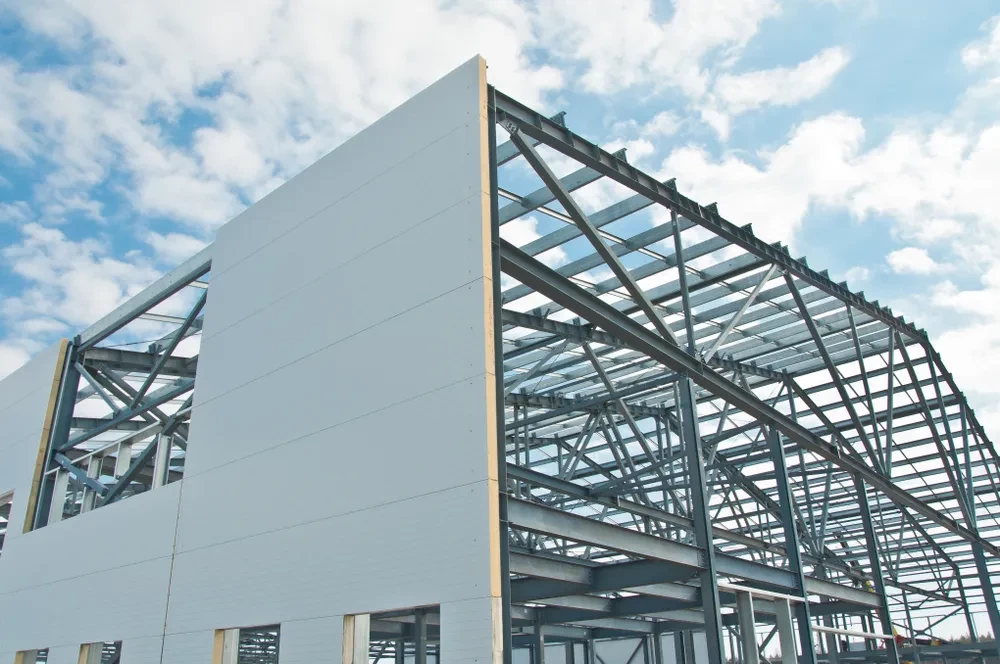
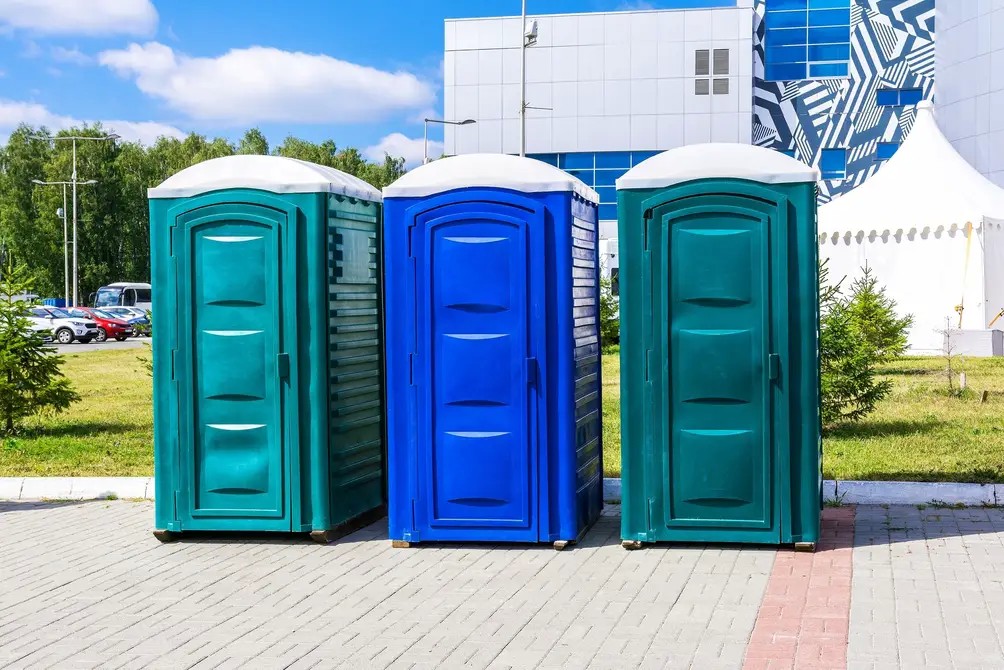
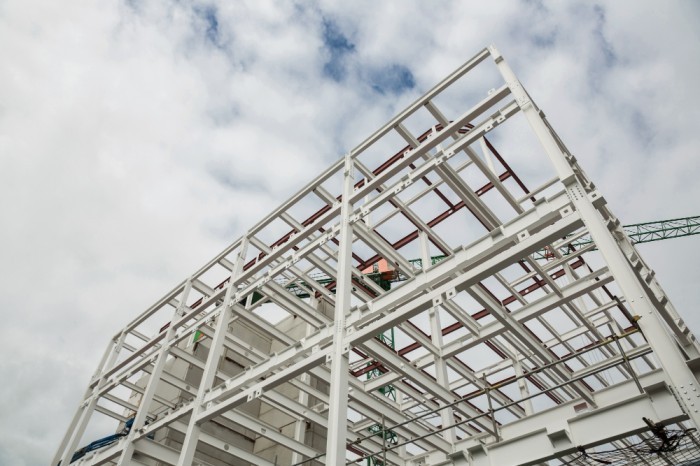
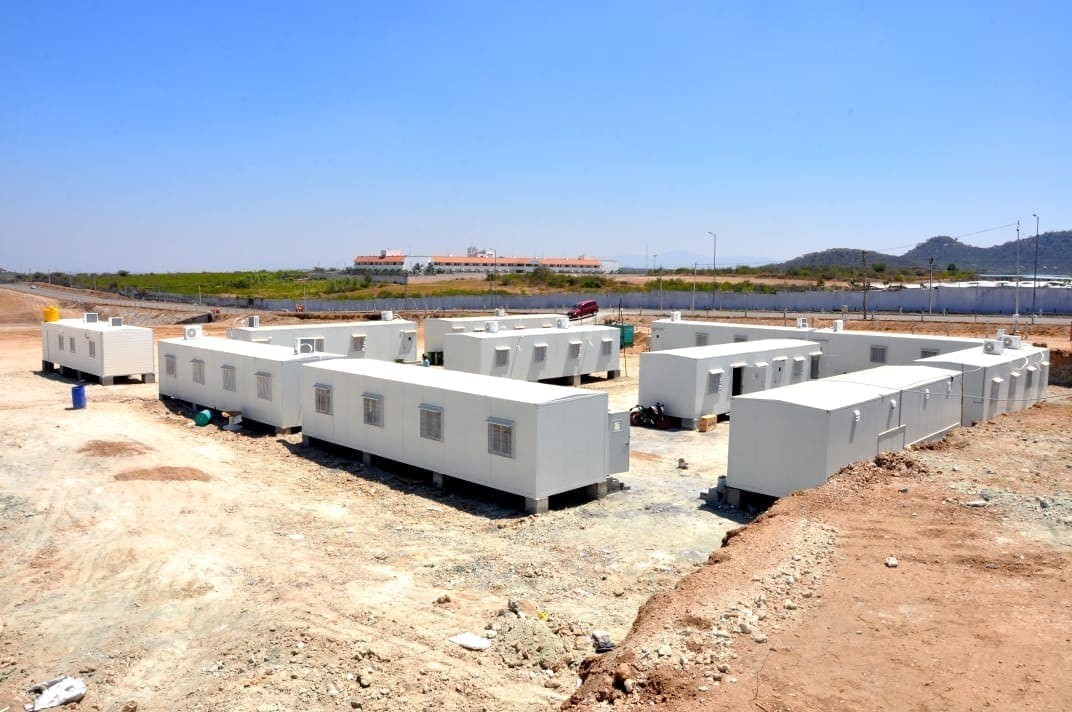
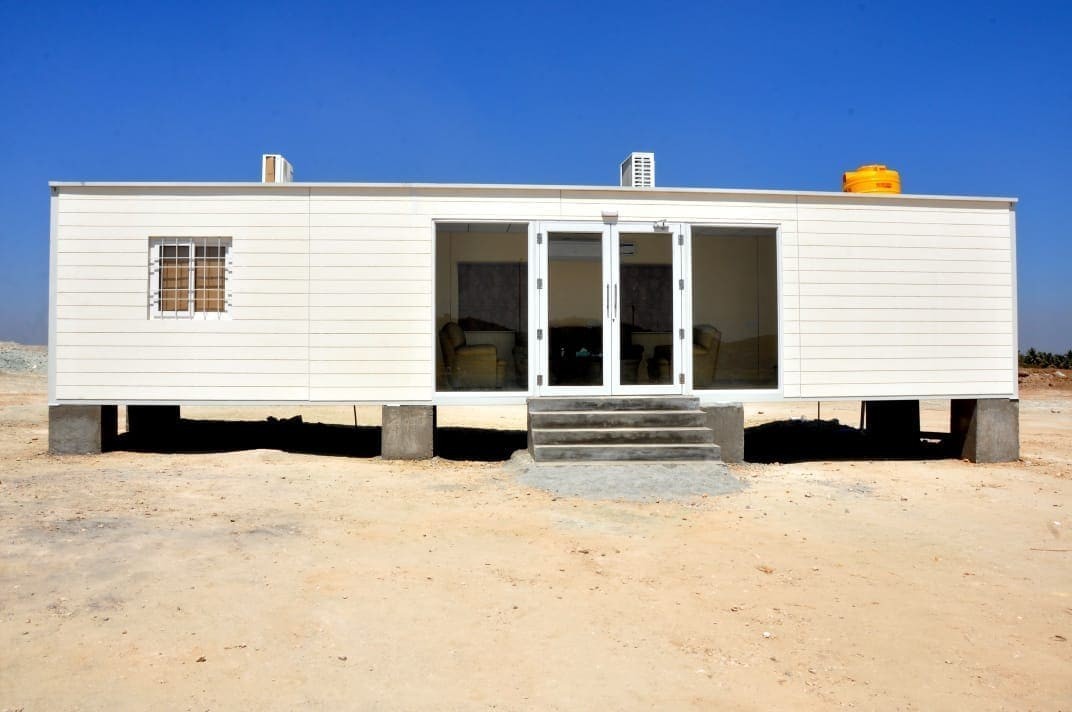
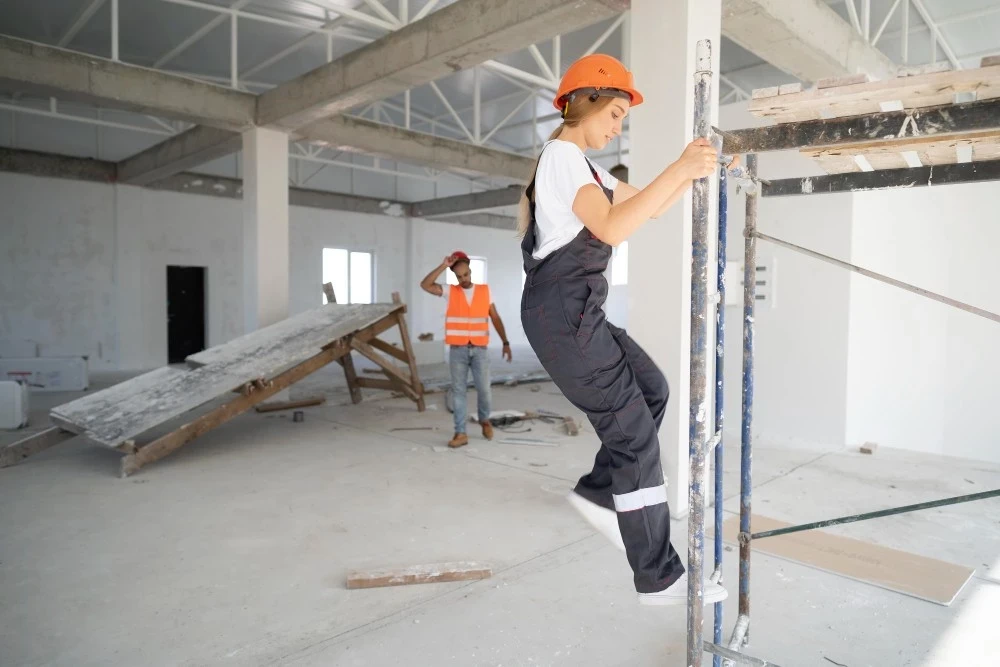
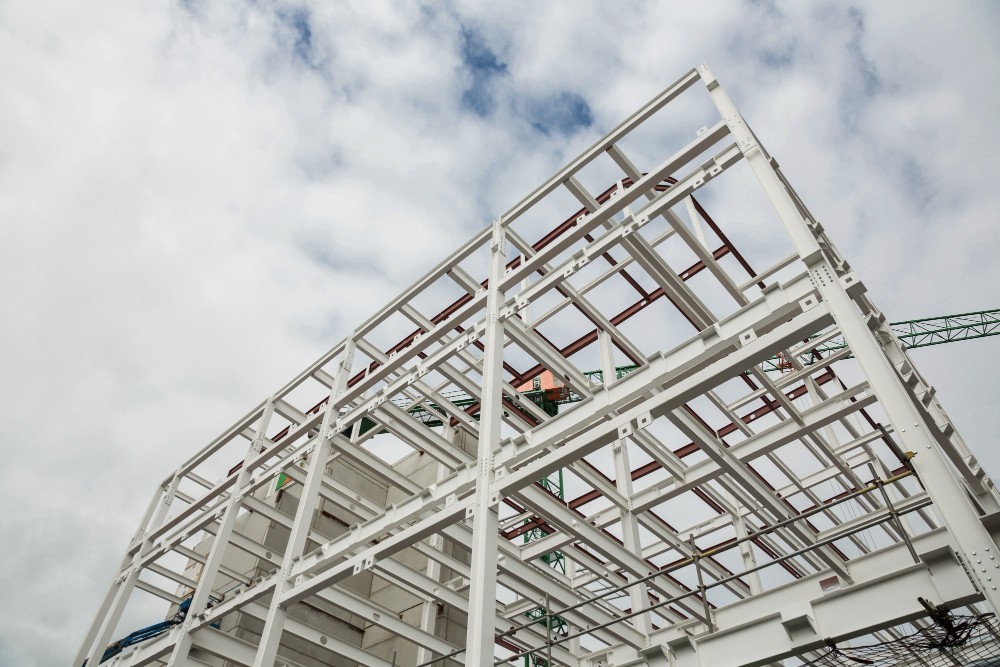
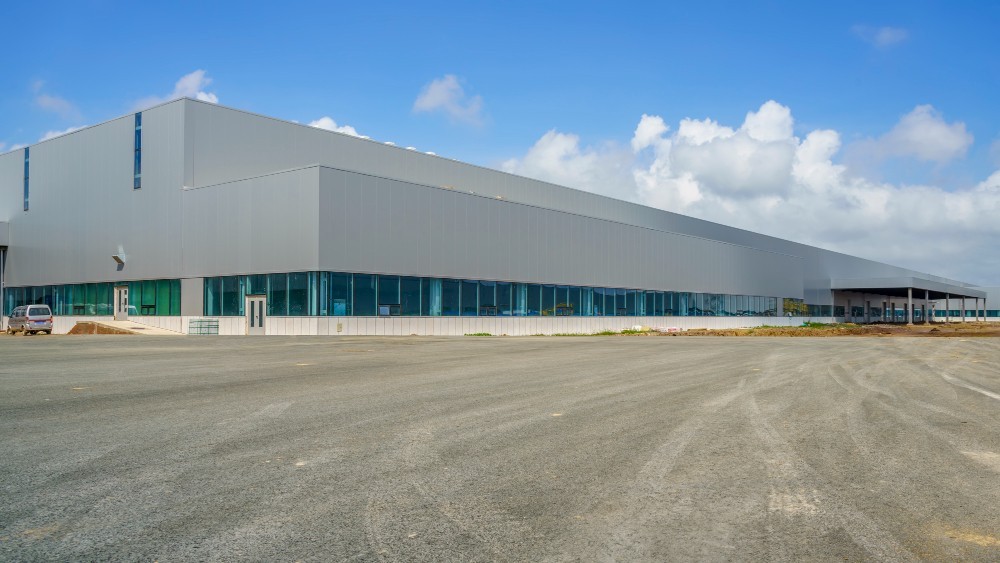

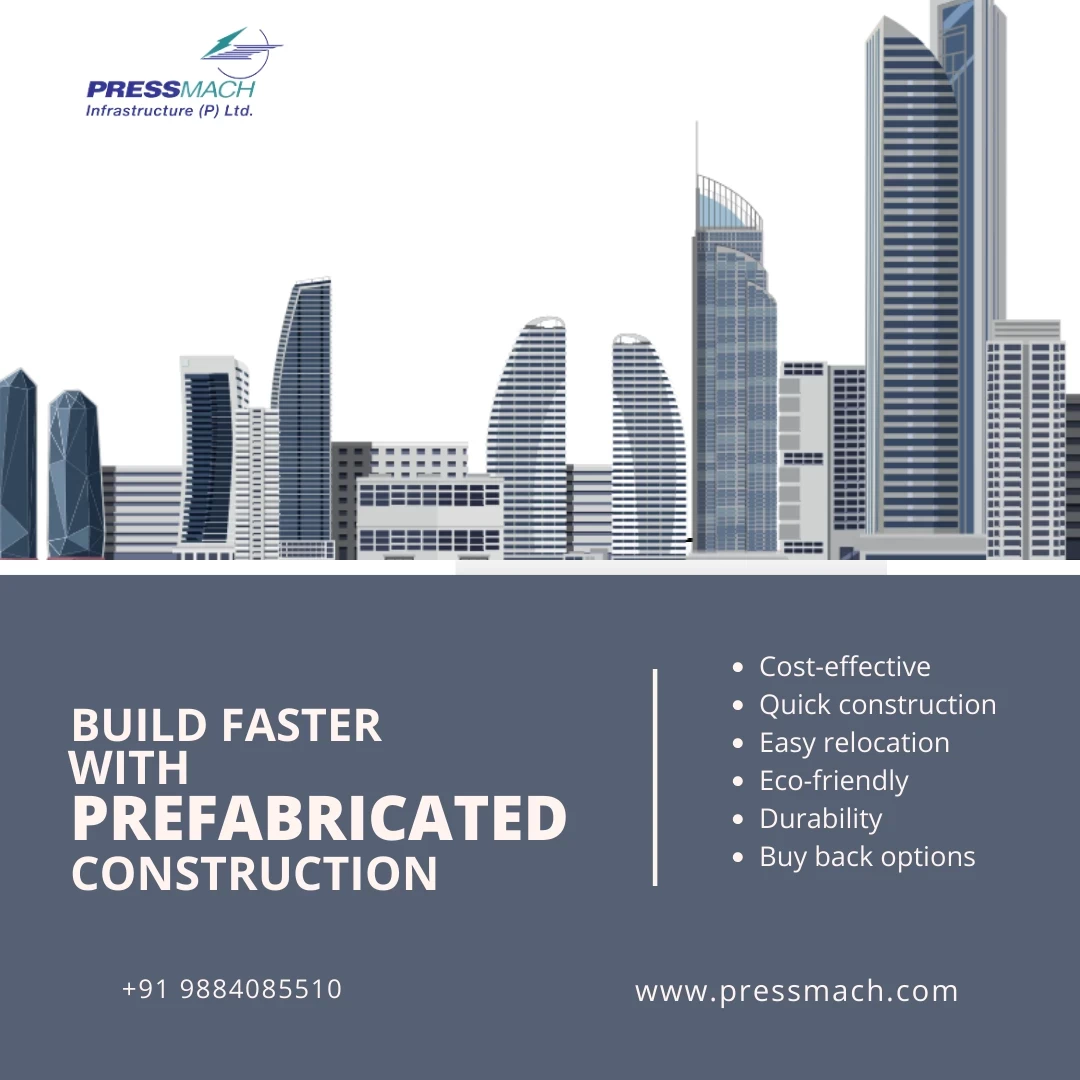
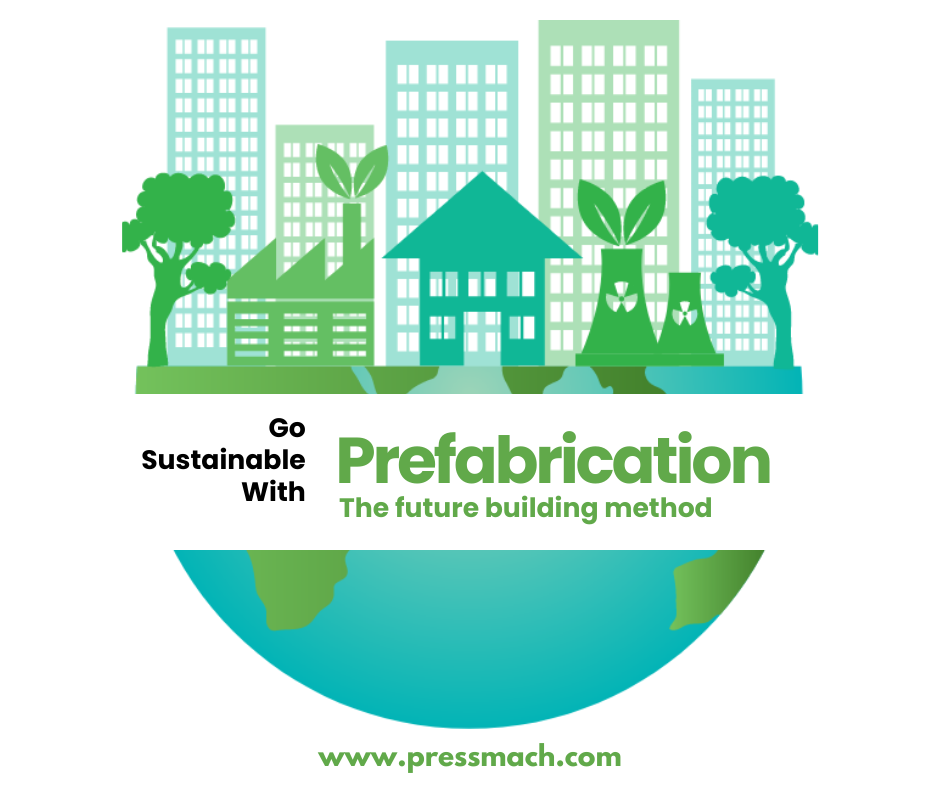
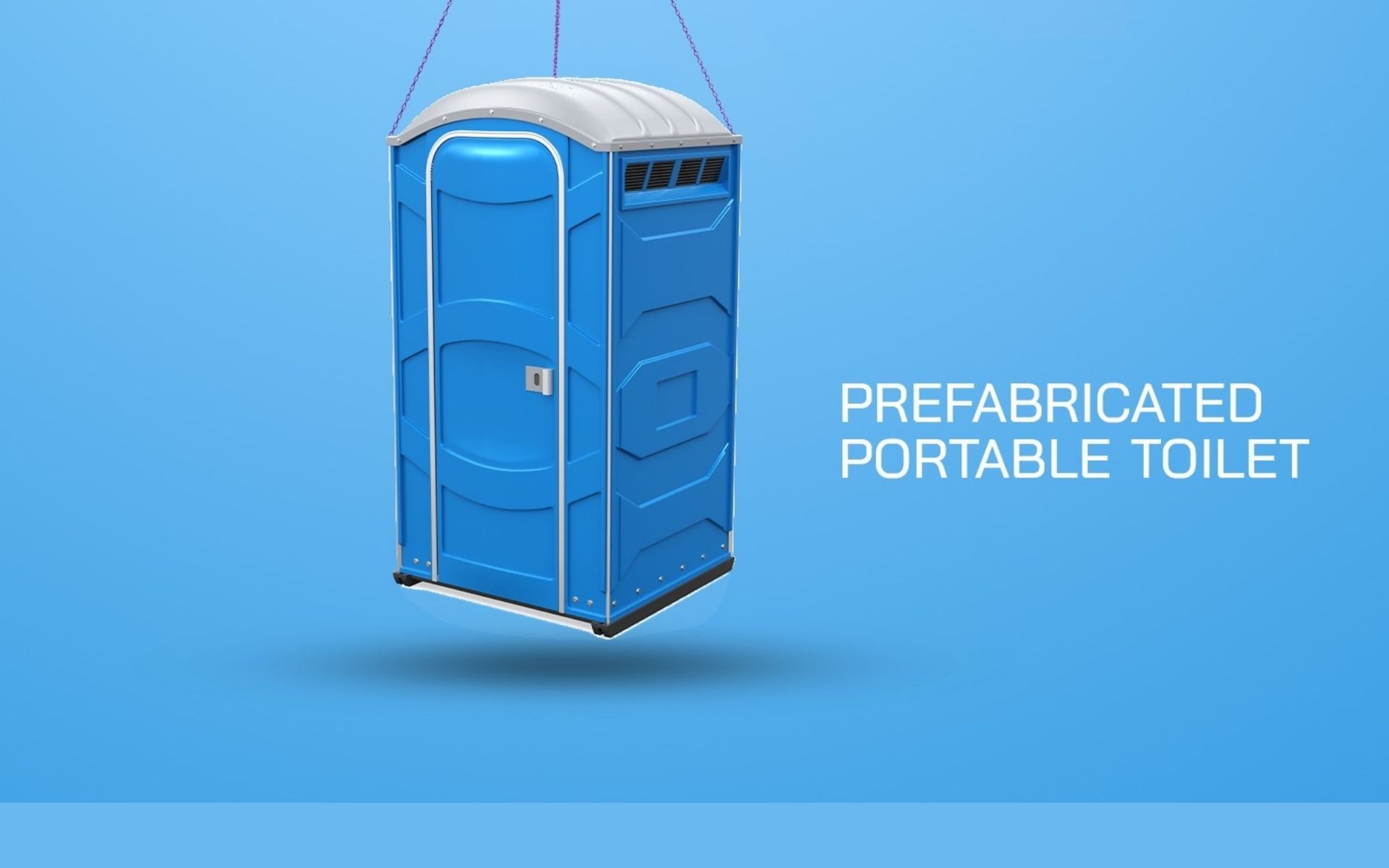

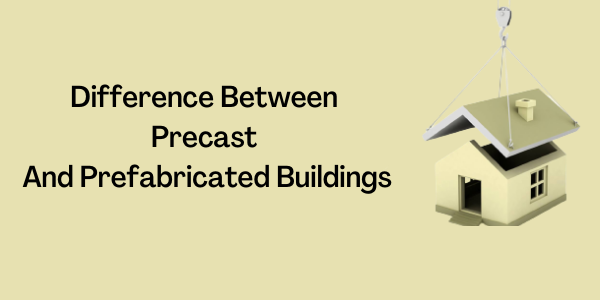


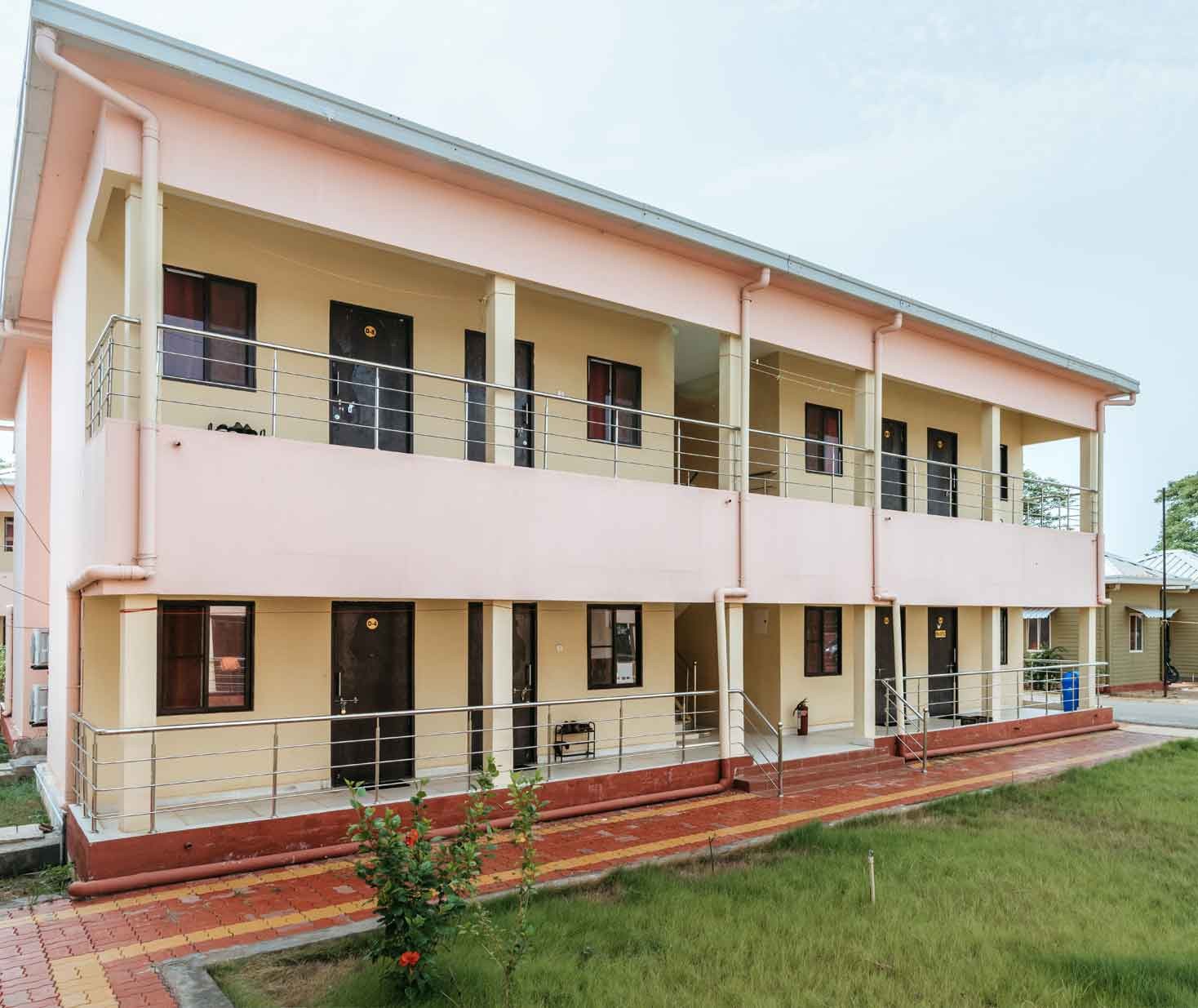
 site office front view622f00119ba65.jpg)

6349487807893.jpeg)